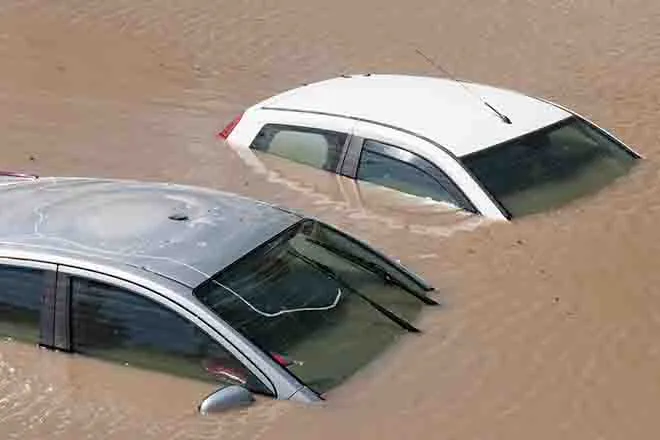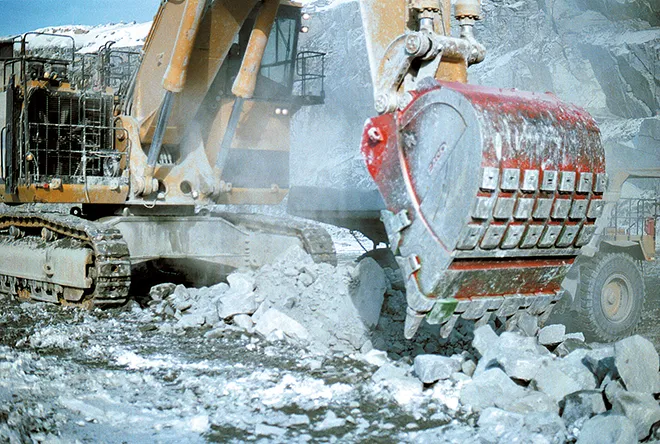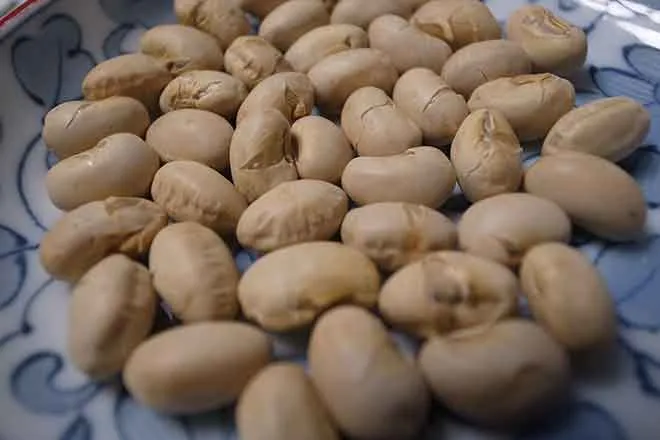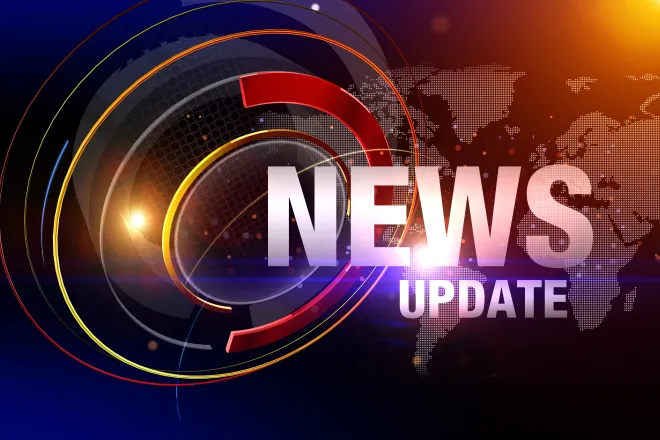
Montana’s dry conditions test updated Blackfoot River drought plan
© KiowaCountyPress.net
Click play to listen to this article.
Following last year's historic drought in Montana and hot temperatures early this spring, the Blackfoot River is running at roughly 25 percent of normal water levels.
Water rights have shifted some this year but experts said management will continue to be community-driven.
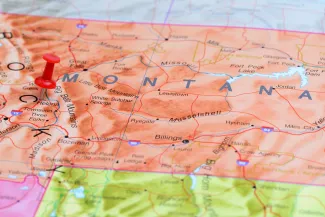
Clancy Jandreau, Blackfoot water steward for the nonprofit group Blackfoot Challenge, said the river's fish population declined in the late 1980s and early 90s, but there has also been a long history of restoration efforts. The new Blackfoot Drought Response Plan, updated in April, helps build on those efforts, Jandreau noted.
"We really wanted to more explicitly recognize that habitat restoration efforts that improve fisheries can in and of itself be a response to drought, as it builds resilient fisheries," Jandreau explained.
The new plan also incorporates deferred changes from the 2015 Montana Water Rights Compact, in which the Confederated Salish and Kootenai Tribes and Montana Fish, Wildlife and Parks became co-owners of a water right historically associated with hydropower production.
During a dry summer like this one, Jandreau pointed out the drought plan encourages a "shared sacrifice for shared benefit" model, in which irrigators, anglers and other water users voluntarily reduce their effects on the resource.
"Everybody's going to be seeking the refuge of the river over this summer," Jandreau added. "That includes humans and wildlife. So just doing their best to be aware of that and being responsible and ethical recreators this summer out there on the river."

